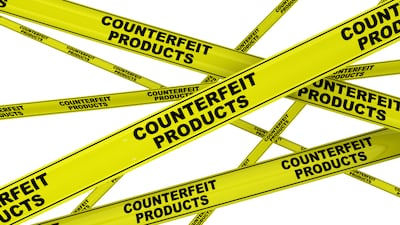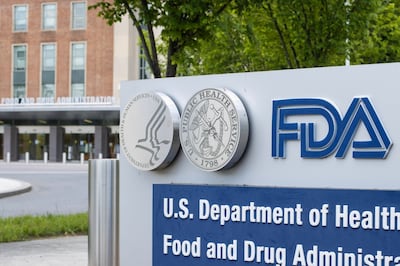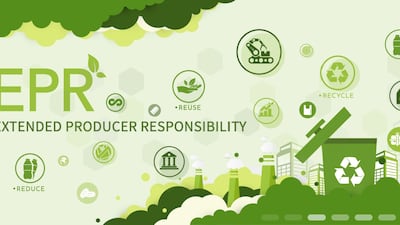Policy & Regulation
Former agency officials now representing industry worry that a deregulatory bent could be driving "Simple Reform" plan to merge all medical product and clinical research inspectorates and that specialist expertise gained in 2017 "Program Alignment" initiative will be reversed.
An updated study on the extended producer responsibility costs associated with the Urban Wastewater Treatment Directive, released with the latest omnibus from the European Commission focusing on the environment, doesn't adjust the cosmetic industry’s expected financial contribution.
Washington state’s Toxic Free Cosmetics Act requires that retailers, salons and distributors in the state remove all remaining banned beauty products from store shelves by Jan. 1, 2026.
The Colorado Department of Public Health and Environment approved Circular Action Alliance’s final plan for the state’s Extended Producer Responsibility program on Dec. 9.
Sunscreen products industry and public health advocacy groups have been critical that FDA has not approved a new filter since 1999 even as countries in Europe and other regions allow using numerous additional ingredients in sunscreens.
The North American cosmetics sector would face major supply-chain and regulatory risks if USMCA is not renewed, says PCPC, which encouraged the US Trade Representative during a Dec. 5 hearing to keep the agreement and its Cosmetics Annex in place as it prepares its Jan. 2 recommendation to Congress.
CDER Office of Generic Drugs publishes MaPP for prescription-to-nonprescription switches and ANDAs to explain regulatory responsibilities for makers of generic copies of reference listed drugs approved for OTC switch.
Attorneys representing the marketers of two prostaglandin analogues urge a working group of the Expert Panel for Cosmetic Ingredient Safety to reconsider its stance on the use of read-across and non-animal methods for assessing the ingredients’ safety.
Cosmetics Europe welcomes the EU’s 2030 Consumer Agenda for strengthening enforcement of online product sales but argues it should do more to target intermediaries that enable counterfeit cosmetic sales, while also warning against unnecessary new rules on territorial supply constraints.
While no doubt welcome, yet another delay to the EU Deforestation Law and suggestion for another review next year could mean a “never-ending” regulatory exercise that creates uncertainty for manufacturers selling products containing or having been made using materials like palm oil, soya and wood.
The US FDA announces in a Nov. 28 Federal Register notice that it will withdraw its proposed rule under MoCRA for testing asbestos in talc-containing products, but remains committed to meeting its statutory requirements under the law.
State laws targeting the cosmetic and personal care industries have a sense of urgency, given the vacuum of action on the federal level, says the Independent Beauty Association during its Cosmetics Convergence Conference, which highlighted the new crop of laws, including a handful from California.
In what would be a blow to efforts to encourage use of read-across and other non-animal methods in cosmetic safety assessments, a proposal from a cosmetic ingredient working group suggests that animal test data is necessary to assess the safety of two prostaglandin analogues.
U.S. cosmetic and personal care companies certified to NSF Guideline 527 can largely align with EU Cosmetic Products Regulation requirements, though they must address differences in GMPs and labeling.
Congress’ reauthorization of OMUFA for five years includes measures that promote non-animal testing for sunscreen, a broadening of the evidence that can be used to support safety and additional funding for MoCRA.
The Council of the European Union stakes out its position on the Omnibus VI package, one that adopts a more precautionary approach and puts industry on edge.
Single-use packaging producers in California must navigate two different recycling definitions under the state’s EPR law (SB 54) and its greenwash labeling law (SB 343), to meet different compliance standards.
PCPC names former USP scientist Jaap Venema as chief scientist and executive VP, science, replacing Alexandra Kowcz, who retired from the role in August. Separately, FDA gives Acting Chief Scientist Steve Kozlowski a permanent role.
Consultants urge packaging producers to forecast and budget now for the fees of state EPR programs, particularly as fees from the Oregon program hit and surprise many firms and expose gaps in internal budgeting and planning. The topic was discussed at IBA’s Cosmetics Convergence 2025 conference.
But the Senate’s reduction would not be as much as the House of Representatives and President Trump proposed earlier this year, which is likely a win for the agency.




















